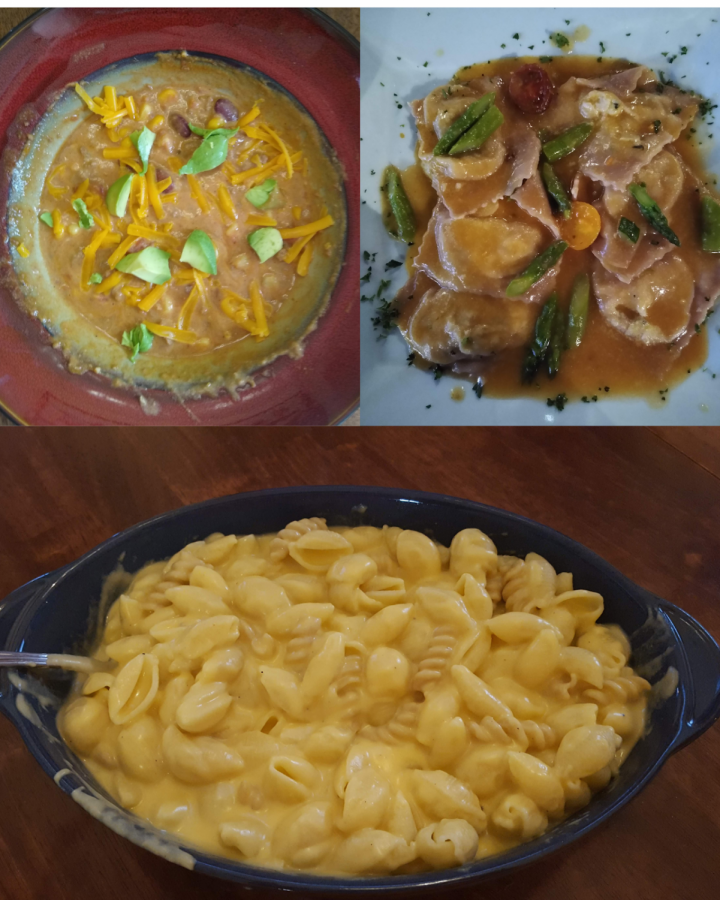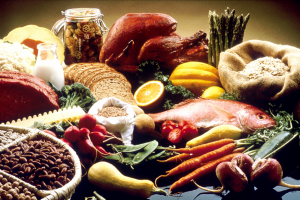Comfort Foods: A Pick-Me-Up in a Bowl
Ice cream, soup, and biscuits and gravy: some of the many foods that cheer people up when they’re down. But what is the science behind these foods, and why do they comfort us?
The science behind why we love our personal comfort foods is often a mystery to us.
May 28, 2021
Comfort food is often portrayed in the media as fatty or warm foods such as French fries or soup. However, comfort food is as simple as its name: a food that people eat when they need comfort or they’re stressed. Foods that are often associated with good memories or feelings are considered comfort foods.
One of the biggest reasons people eat comfort food is because the food reminds them of family or a past series of positive events or experiences. According to The Atlantic, people who had stronger relationships and secure attachment styles (the person is able to form strong emotional bonds) were more likely to eat comfort foods when they were lonely or unhappy. Shahram Heshmat at Psychology Today says that memories with- mainly positive- emotions and the smells of certain food are linked. Both of these shows that there is a connection between certain foods and comfort.
Certain foods also have natural chemicals in them that help in making people happy, although the foods themselves aren’t widely considered comfort foods. Foods such as spinach and bananas have tryptophan in them, which, according to a study by the US National Library of Medicine, helps to produce serotonin. Other foods like tomatoes and fish, according to Objective Wellness, contain a chemical that helps with stress relief and calming moods, called Gamma-Aminobutyric acid, or GABA.
The flip side to eating comfort foods is that many people feel guilty after indulging. However, when people are hungry, a hormone called ghrelin is produced. According to a study by the US National Library of Medicine, there is a link between ghrelin levels and depression and anxiety. Ghrelin is involved in reward motivation, as well as hunger signals. Higher levels of ghrelin have been linked to higher levels of anxiety and depression. Therefore, not eating can lead to more stress.
In a small survey, people were asked for their favorite comfort foods. Some of them included fried rice, chicken quesadilla, biscuits and gravy, and hot cocoa. We don’t always know why a food is a comfort food, but many people have a certain food or meal that comes to mind when asked.
Overall, comfort food is not always the type of food, but rather the memories associated with the food. The foods that are scientifically linked with serotonin and stress relief are not normally thought to be comfort foods; however, one day they may be the heart of all comforting foods.












